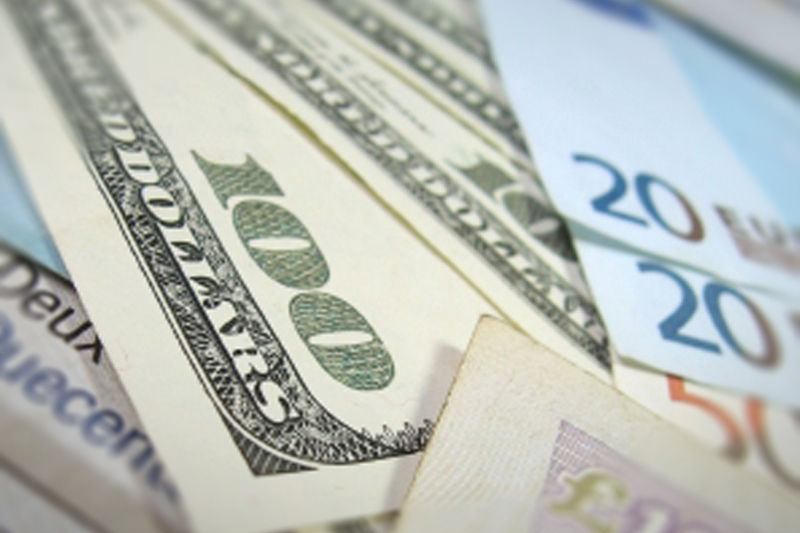Investing.com -- EUR/USD fell mildly on Thursday to close lower for a fifth consecutive session, amid soft durable goods orders in the U.S. and further indications that the Federal Reserve could increase the pace of its first tightening cycle in nearly a decade.
The currency pair traded in a tight range between 1.1146 and 1.1187, before closing at 1.1175, down 0.04% on the session. Since surging to five-month highs last week, the euro has fallen more than 1.25% against the dollar. At session-lows, the euro dropped to its lowest level since the Fed rattled currency markets worldwide last week by unexpectedly reducing its interest rate forecast for the next three years. More broadly, the euro is down by roughly 1% over the last six weeks.
EUR/USD likely gained support at 1.0538, the low from December 3 and was met with resistance at 1.1496, the high from Oct. 15.
A host of key policymakers from the Fed have struck a considerably more hawkish tone this week, days after the FOMC expressed concern that it may need to slow its outlook for future tightening against a backdrop of slowing global economic conditions. Earlier on Thursday, Federal Reserve of St. Louis president James Bullard hinted that the U.S. central bank's next rate hike could be looming if the U.S. economy demonstrates continued improvement over the next few weeks. While delivering a speech in New York, Bullard noted that the Fed could raise rates when it meets again in late-April and its next rate hike "may not be far off" if inflation continues to increase and unemployment declines from December levels.
Bullard's comments come in the wake of a wave of hawkish statements by his colleagues at the Federal Open Market Committee (FOMC) earlier this week. On Wednesday, Philadelphia Fed president Patrick Harker also recommended that the FOMC raise rates as early as April, while suggesting as many as three rate hikes by the end of the year. Harker's statements followed comparable hawkish positions from San Francisco Fed president John Williams and Atlanta Fed president Dennis Lockhart at the start of the week.
They also contradict comments from Janet Yellen at a press conference last week when the Fed chair noted that the central bank should remain cautious with future rate hikes, amid heightened risks in global financial markets. At the meeting, the Fed held its benchmark Federal Funds Rate at its current targeted range between 0.25 and 0.50%. The rate continues to linger around 0.37%.
Elsewhere, the U.S. Census Bureau said new durable goods orders fell 2.8% last month, one month after surging nearly 5% in January. In addition, new orders excluding transportation, which includes volatile aircraft orders, also dipped by 1.0% considerably below expectations for slight declines of 0.2%. The reductions were mostly a result of a stronger dollar, which weakened the demand for exports.
Further tightening by the Fed is also considered bullish for the dollar, as foreign investors pile into the greenback in order to capitalize on more favorable rates. The U.S. Dollar Index, which measures the strength of the greenback versus a basket of six other major currencies, jumped more than 0.30% to an intraday high of 96.39, before closing at 96.17, up 0.11%. The index is riding a five-day winning streak, one of its highest in a year.
Yields on theU.S. 10-Year rose two basis points to 1.90%, while yields on the Germany 10-Year fell to basis points to 0.18%.
